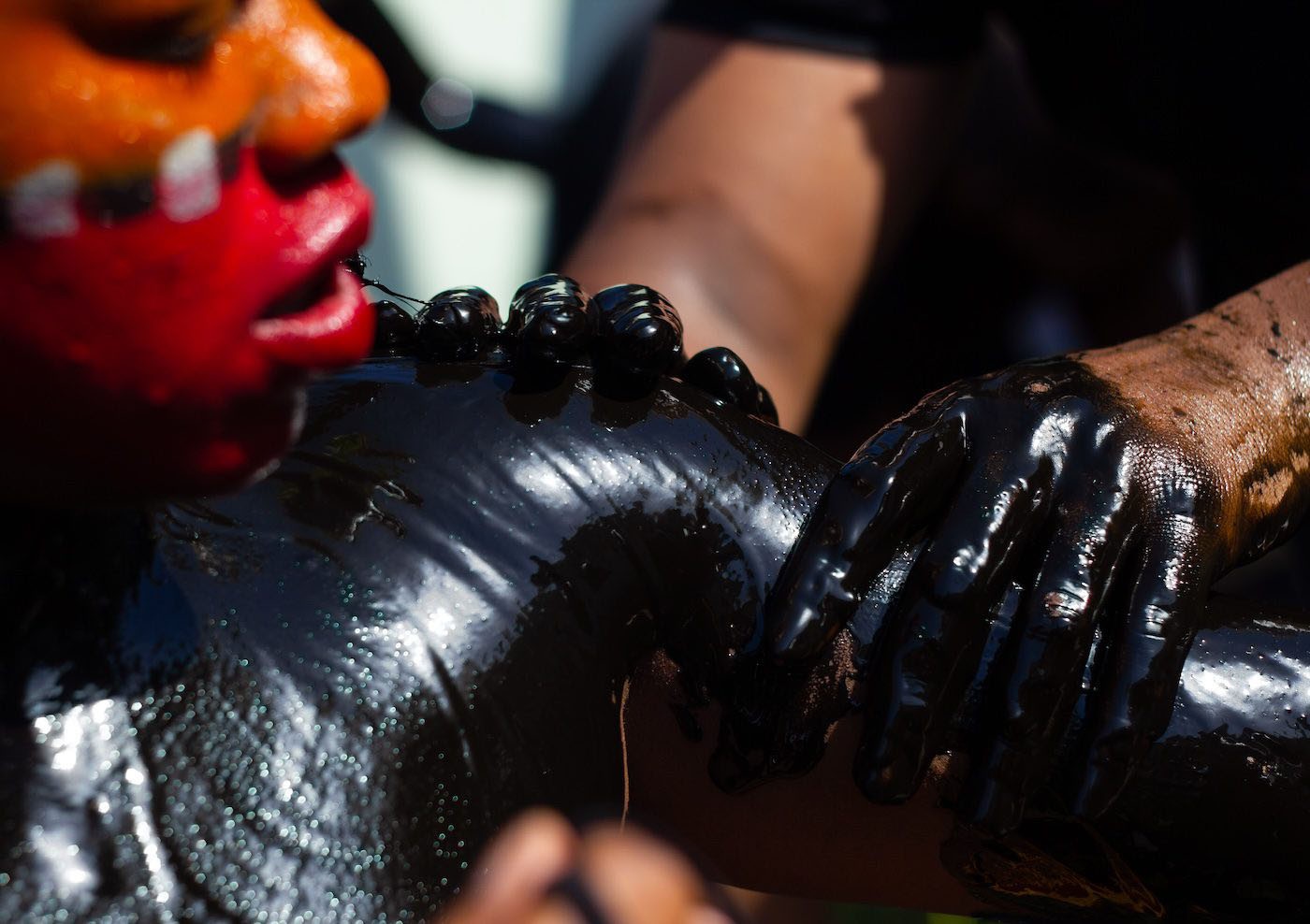Henrique J. Paris: What Can Objects Tell Us?

07 February 2024
Magazine C& Magazine
Words C&
4 min read
On the occasion of the 1-54 art fair starting tomorrow in Marrakech, we spoke to the transdisciplinary artist, who will be showing works that he is currently preparing in his residency at RAAR.
C&: Objects seem to come alive in your work. How do the different media you use speak to each other and to us – the spectators?
Henrique J. Paris: Thank you! I often try to work out the ways in which visual media grounds art, communication, and pedagogy apparatuses. My focus on materiality in relation to motion in my installations influences the vitality, languor, comportment, spatial orientations, and tensions perceived by spectators.
I use composition to speculate and cross-examine both the performativity of particular objects in the context of contemporary material culture and the spectator’s imaging of the object exposed to them. I am particularly moved by these contact points. What presumes meaningfulness for the make-up of subjecthoods, or what gets to affect bodies in terms of tactile perception or visceral engagement – almost like a cinematic experience when we’re fixated on a digital screen.
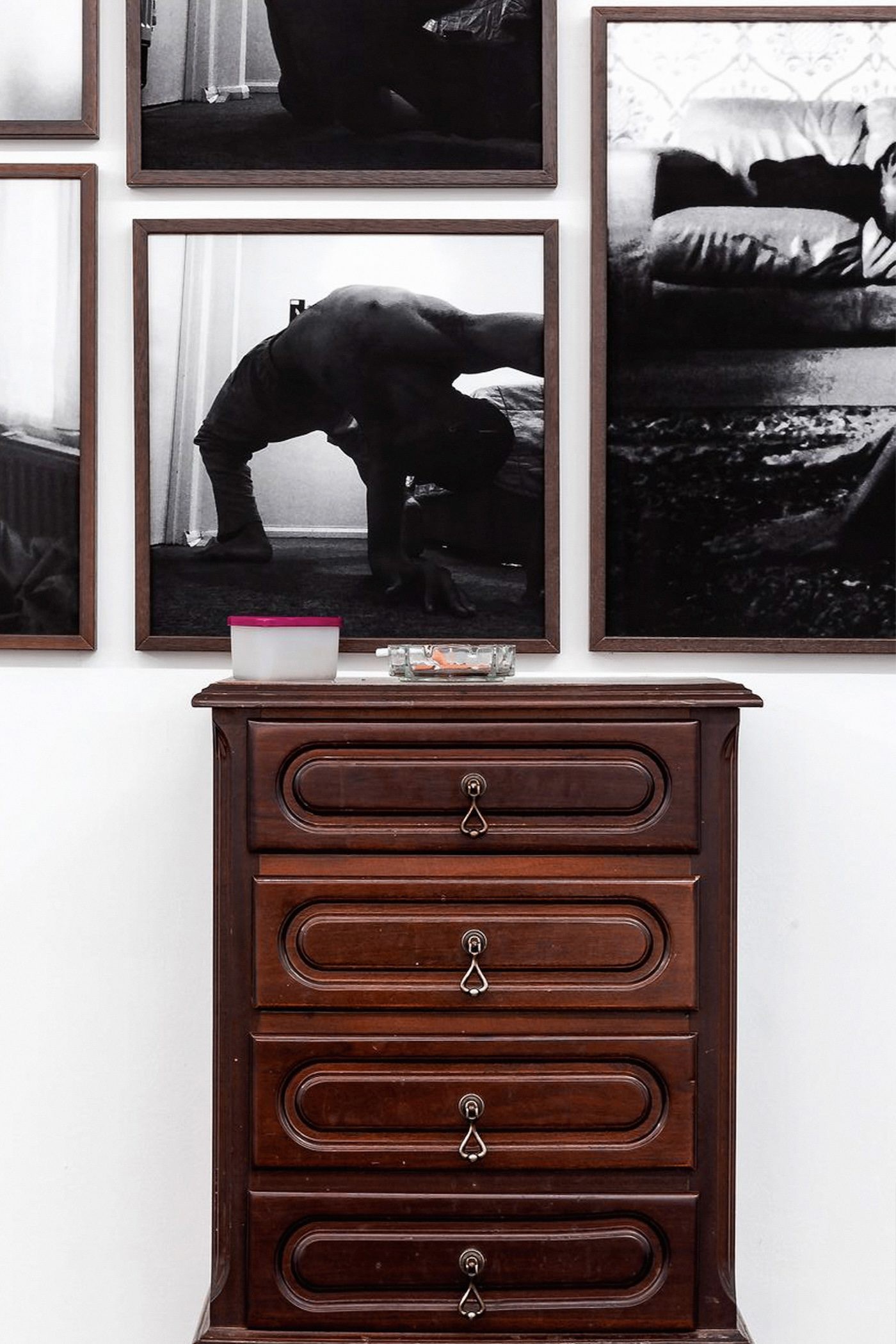
Image courtesy of Henrique J. Paris. Photo: Ana Garrido
C&: In your current project, Historiographing, you are working with archival footage from the 1990s in Angola. Archives seem to be very interesting for you, and you treat the body as a living archive.
HJP: I have been particularly interested in choreographing eventscapes and timelines that speak to one another either chronologically or in tongues. For instance, drawing connections between the twenty-seven-year civil war (1975–2002), the institution of Televisão Pública Angolana which was more or less liberated from colonial propaganda in September 1997, the registration of Kuduro dance at the Ministry of Culture in January 1998, and the construction of the Templo do Deus Vivo building, which has capacity for more than 25,000 faithful, in Luanda in 2001. All these were projects for Angolans’ religious and social emancipation that inform post-memory generations and help us make sense of our living conditions and our faiths.
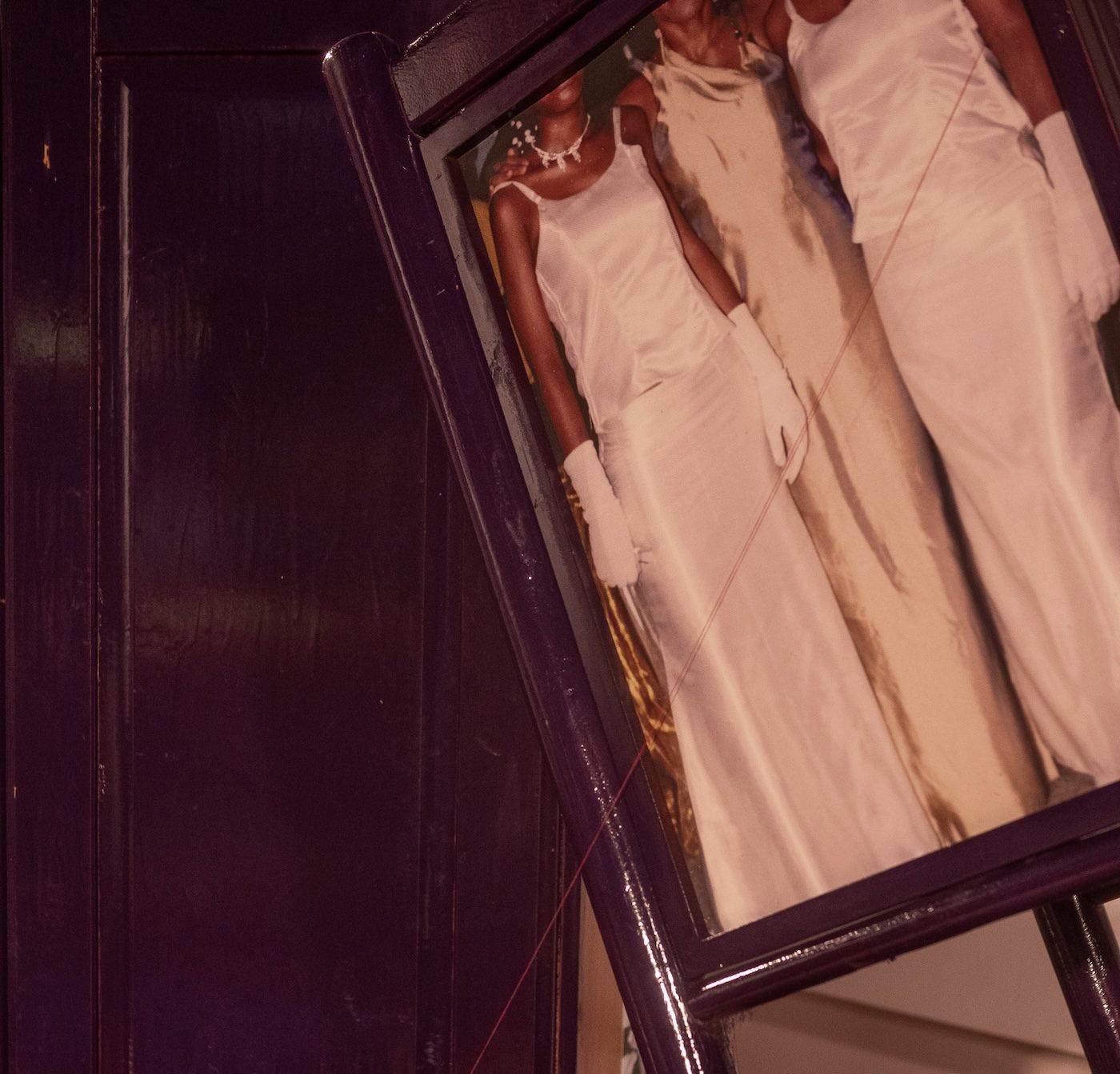
Image courtesy of Henrique J. Paris. Photo: Raphael Castillo Fondation
Figures such as musician Tony Amado and the prophet Simão Gonçalves Toco, or at least their movements, are part of this archive and totally constitute my theorisations around the Body as a Testimony... In much simpler words, I think it’s important to construct narratives around what has been televised.
C&: You are one of the first residents at in Marrakech – what can you share so far from the space?
HJP: The rhythm of Marrakech has heavily shaped the rationale, directions, and counter-directions I have taken throughout the Historiographing project. I’m in a position to relate to different communities across the Medina, like taxi drivers, shopkeepers, and everyday hustlers with their sense of performing location.
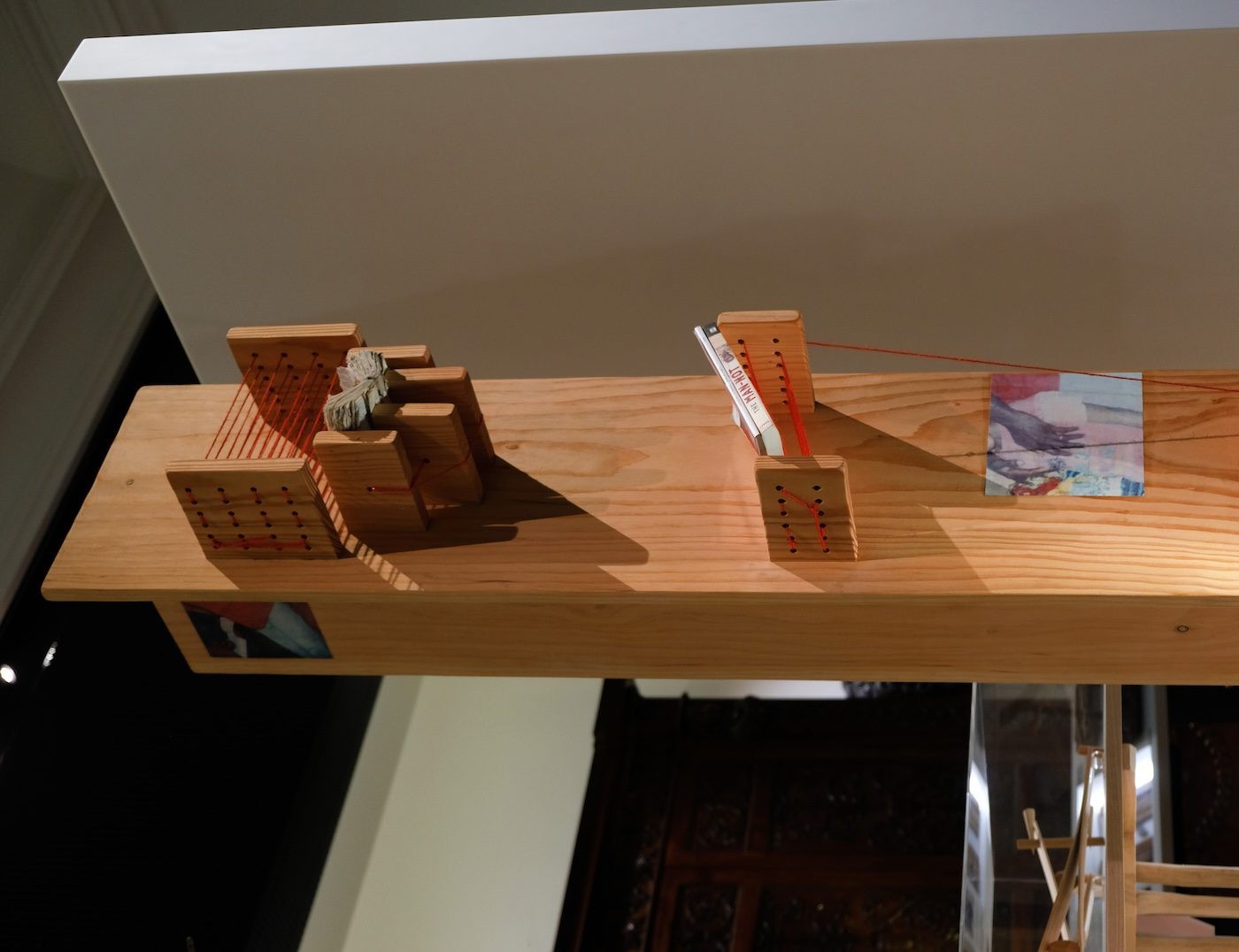
Image courtesy of Henrique J. Paris. Photo: Jeremy Chan
Mapping has become a key element for me in making sense of my research methodology and presentation. I seek to reinvigorate what spatial knowledge is and how it can be signalled in contrast to the Google maps’ vulgar style, for example – engaging with and reinterpreting the architectural conditions between Medina and the new town.
The space and time set by the RAAR program has been as much about understanding the transit of my own practice as about making observations on the “Red City.”
Henrique J. Paris (b. 2000) is an Angolan transdisciplinary Artist-Researcher, graduated in Philosophy with Film at the University of Hertfordshire and currently completing an MPhil in Architecture Research at Royal College of Art. Henrique cross-examines spatial and memorial politics, following from his first solo exhibition home is where the body isn’t. in 2019, where he started developing a body of work contemplating forms of spatial recasting; hometranslated through embodied and gesticulative processes rather than static structures.henriquejparis.comriadalenamarrakech.com1-54.com/marrakech
Read more from

Maktaba Room: Annotations on Art, Design, and Diasporic Knowledge

Irmandade Vilanismo: Bringing Poetry of the Periphery into the Bienal

Esperanza de León: Curating Through Community Knowledge
Read more from
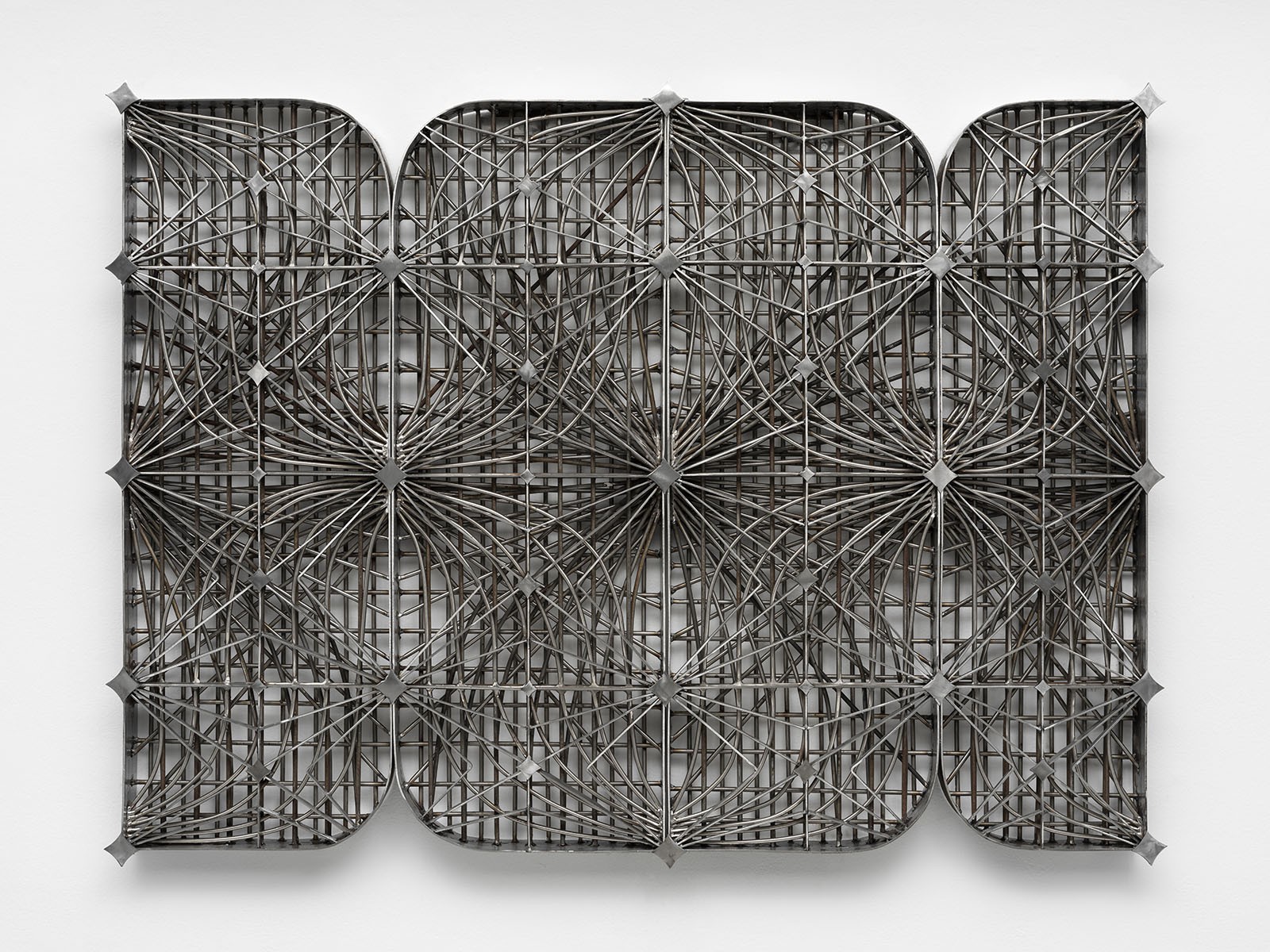
Jesús Hilário-Reyes: Dissolving Notions of Group and Individual
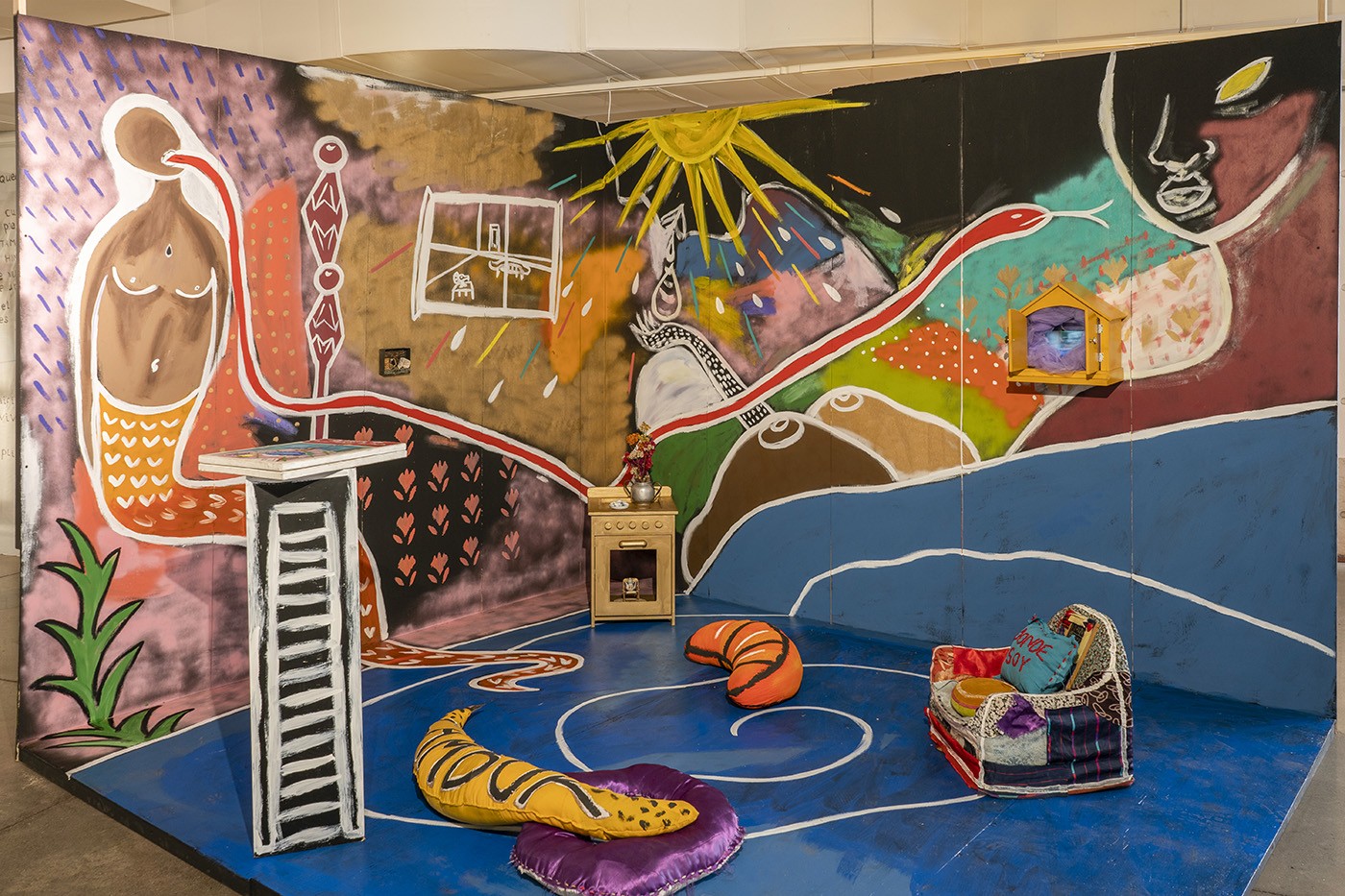
A Biennial that relates sound to space and bodies
